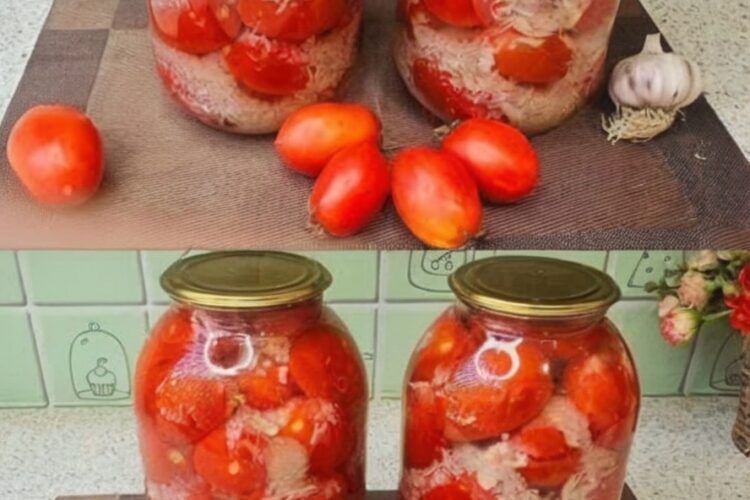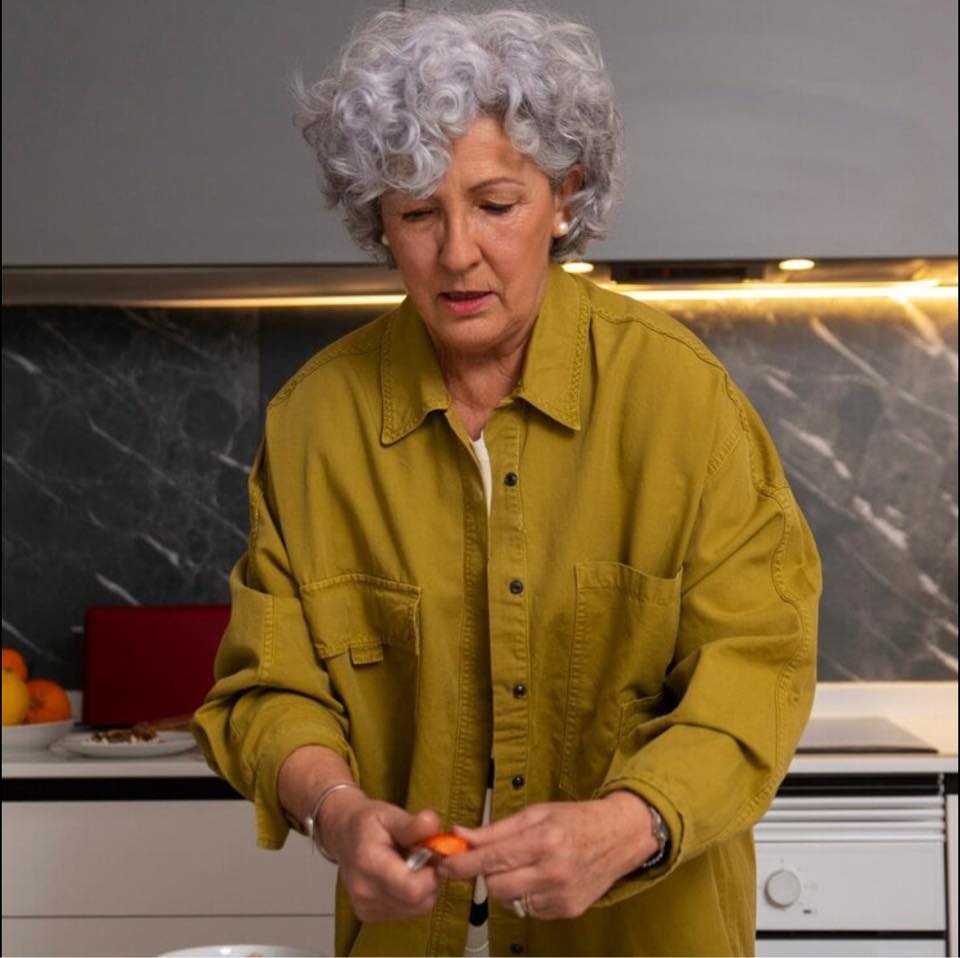That first ripe, sun-warmed tomato from the garden is unforgettable juicy, fragrant, and sweet in a way grocery store tomatoes can’t touch. The problem is, the season is short. Once it’s over, we’re left with pale, mealy substitutes.
About ten years ago, I started using an old farmhouse trick I call the Jar Method. It’s not canning, and it’s not freezing. Instead, it’s a simple way to hold onto that just-picked flavor for months at a time. The tomatoes stay bright, juicy, and fresh-tasting, even in the middle of winter.
This isn’t shelf-stable canning it’s a refrigerator preservation method. No special tools, no pressure cookers, no fuss. Just tomatoes, salt, jars, and a little time.
Why This Method Works
- Keeps the flavor – No cooking means the taste stays bright and fresh.
- No equipment needed – Just jars, ripe tomatoes, and salt.
- Flexible – Use them in salads, sauces, soups, or sandwiches.
- Cuts down waste – Perfect if you’ve got a bumper crop.
- Tried and true – Passed down through farm kitchens for generations.
What You’ll Need
Ingredients
- Fresh, ripe tomatoes (Roma or plum hold up best)
- Kosher or canning salt (avoid iodized salt)
- Optional: 1 fresh basil leaf per jar
Tools
- Glass jars with tight-fitting lids (Mason jars are great)
- Large pot for blanching
- Bowl of ice water
- Paring knife
- Clean towel
Step-by-Step Guide
1. Select & Wash
Pick firm, ripe tomatoes without blemishes. Wash them well under cool water.
2. Blanch & Peel
Bring a pot of water to a boil. Drop in the tomatoes for 30–60 seconds until the skins split. Move them into ice water, then peel and core.
3. Sterilize Jars
Wash jars and lids in hot soapy water, or run them through the dishwasher.
4. Pack the Jars
Pack the peeled tomatoes tightly into jars. Add 1 teaspoon salt per quart. Slip in a basil leaf if you like. Press gently to release juices and remove air pockets. Leave about 1 inch of headspace.
5. Seal & Store
Wipe jar rims, screw lids on fingertip-tight, and refrigerate. The tomatoes will release juice over the next day, creating their own preserving liquid. Store in the fridge for 4–6 months, or in a cool root cellar if you have one.
Pro Tips
- Use tomatoes at their peak ripeness for the best flavor.
- Don’t over-blanch—you just want to loosen the skins.
- Label and date your jars so you use the oldest first.
- The juice is liquid gold—save it for soups, sauces, or risotto.
- Always check jars before using. If you see mold, bubbling, or smell anything off, throw it out.
Ways to Use Jarred Tomatoes
- Salads: Chop into a Caprese for fresh flavor even in winter.
- Sandwiches: Perfect for BLTs or grilled cheese.
- Quick sauces: Crush and simmer with garlic and olive oil.
- Soups and stews: Add directly for a bright tomato note.
- Salsa and bruschetta: Chop, season, and spoon onto bread or chips.
I’ve Been Storing Tomatoes This Way for 10 Years
Course: StoringCuisine: ContinentalDifficulty: BeginnerWhat You’ll Need
- Ingredients
Fresh, ripe tomatoes (Roma or plum hold up best)
Kosher or canning salt (avoid iodized salt)
Optional: 1 fresh basil leaf per jar
- Tools
Glass jars with tight-fitting lids (Mason jars are great)
Large pot for blanching
Bowl of ice water
Paring knife
Clean towel
Directions
- 1. Select & Wash
Pick firm, ripe tomatoes without blemishes. Wash them well under cool water. - 2. Blanch & Peel
Bring a pot of water to a boil. Drop in the tomatoes for 30–60 seconds until the skins split. Move them into ice water, then peel and core. - 3. Sterilize Jars
Wash jars and lids in hot soapy water, or run them through the dishwasher. - 4. Pack the Jars
Pack the peeled tomatoes tightly into jars. Add 1 teaspoon salt per quart. Slip in a basil leaf if you like. Press gently to release juices and remove air pockets. Leave about 1 inch of headspace. - 5. Seal & Store
Wipe jar rims, screw lids on fingertip-tight, and refrigerate. The tomatoes will release juice over the next day, creating their own preserving liquid. Store in the fridge for 4–6 months, or in a cool root cellar if you have one.
Notes
- Use tomatoes at their peak ripeness for the best flavor.
Don’t over-blanch—you just want to loosen the skins.
Label and date your jars so you use the oldest first.
The juice is liquid gold—save it for soups, sauces, or risotto.
Always check jars before using. If you see mold, bubbling, or smell anything off, throw it out.








